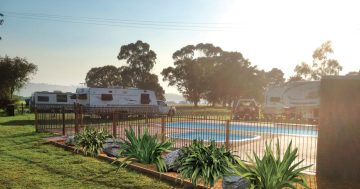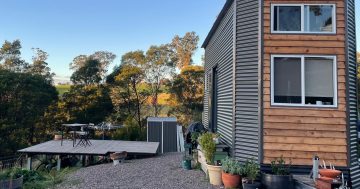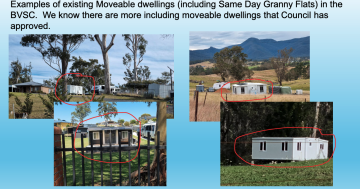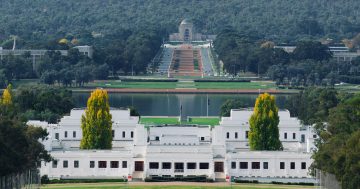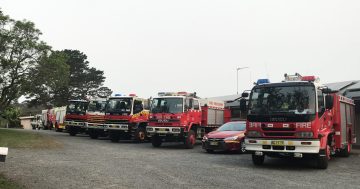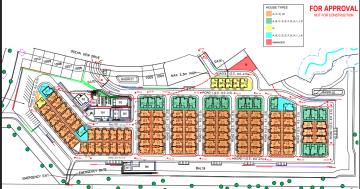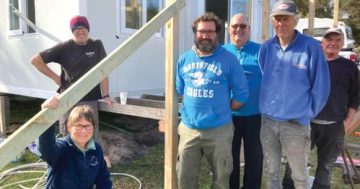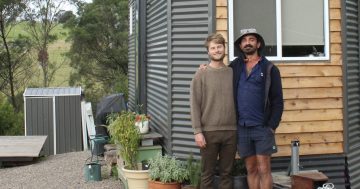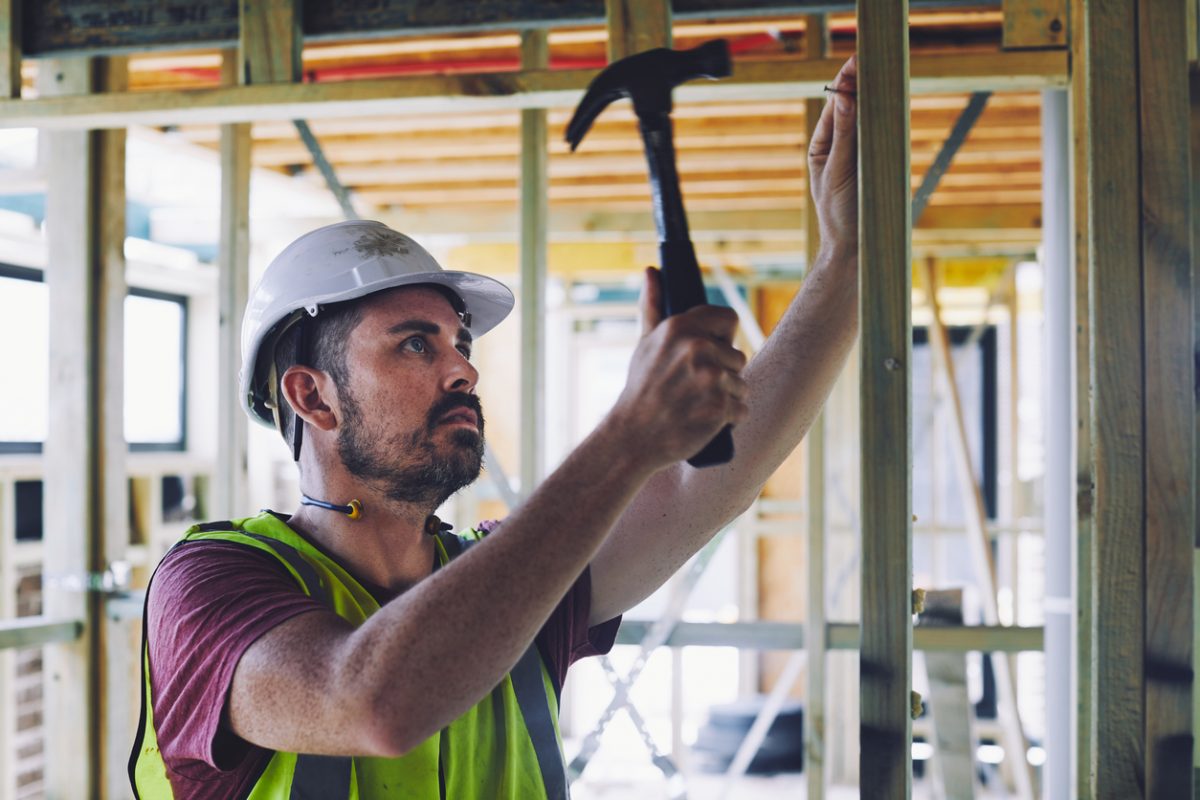
The conventional building system has become so expensive. Photo: Tempura.
Research tells us that two or three times more prefabricated homes (prefabs) can be produced in the time it takes to construct houses under the conventional system.
Theoretically then, part of the solution to quickly address the housing crisis would be prefabs.
Gerard de Valence is an expert in prefabricated housing.
As an economist he worked for a government inquiry into the building industry in the early 1990s. From that he taught finance and property at the School of the Built Environment at UTS.
“I became a construction economist and ended up at University College in London and then retired, but still did consulting work for the government and industry associations until two years ago,” he said.
Homes NSW is working on a 100-house project at the old Bega TAFE site. The 24 social homes included are scheduled for completion in early 2029.
The news prompted urban planner Roz Hansen to suggest Homes NSW include prefabricated and modular homes for the social housing and affordable homes. “Let’s be innovators and save money and time using prefab and modular housing solutions,” she said.
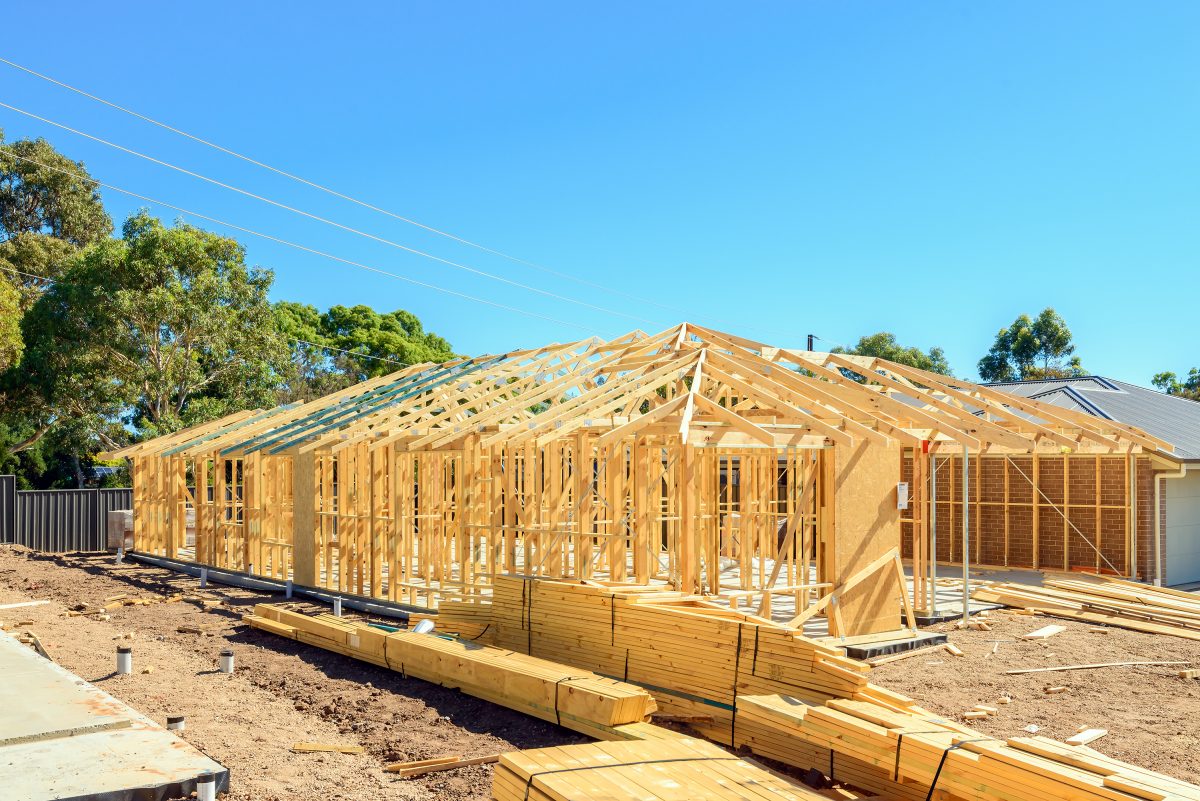
Housing supply remains an issue in regional NSW. Photo: moisseyev.
The UK had a disastrous experience with prefabs, but as a result it now has a quality assurance scheme. It means manufacturers can get accreditation for their workplaces and their products.
There is no Australian standard like the Building Code for prefabs specifically or any private sector quality assurance scheme.
“It means it is hard to know if you are getting anything good from the manufacturers,” Mr de Valence said.
Another issue is that prefabs do not fit into the traditional financing and procurement system which is based on progress payments so people buying prefabs must pay upfront.
Mr de Valence said CBA had introduced a housing package for prefabs built by four accredited manufacturers.
“It is assumed where CBA leads other banks will follow so that will open the door to people to build with a mortgage,” he said. “Being able to get mortgages is a big step forward for the industry.”
It is also difficult to know who are the reliable producers. Some have been around for a while and are very well established, but many come and go. The websites give no idea of how many prefabs they make or if they have their own factory.
“I think that is one reason governments have been reluctant to get involved because they have found it hard to identify reliable partners,” Mr de Valence said.
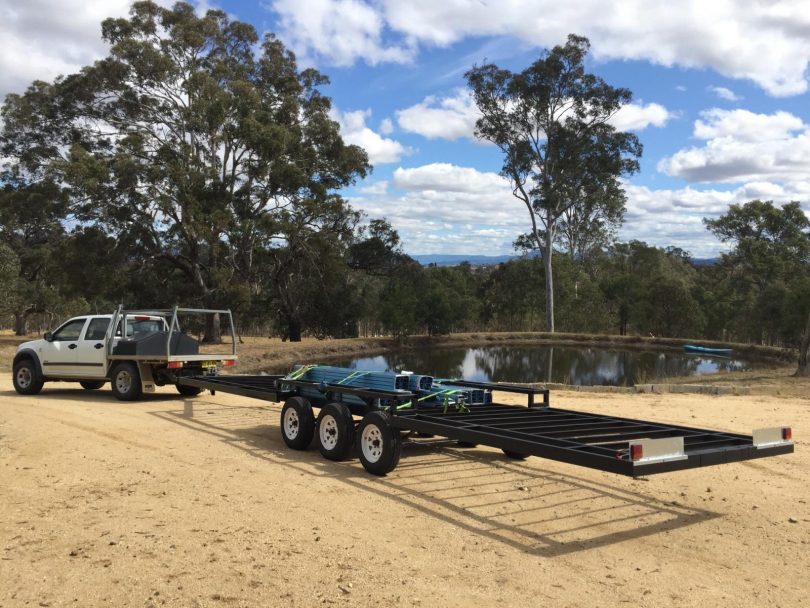
A tiny home trailer and frame pack being delivered. Photo: Kathleen McCann.
He said with prefabs it was possible to use much more automation and set up a production line but that only came with scale.
“That is why we need governments stepping up to provide big contracts. That would allow companies to gear up, but they only get contracts to do a few houses here and there which makes it hard for the industry.”
However, there are companies building retirement villages and manufactured housing estates. Big developers such as Mirvac and Stockland are piling into land lease communities, but Mr de Valence said it is difficult to find out who is making the houses.
He said manufactured housing estates were in their third generation now. It started with the cabins in caravan parks and the ones that mining companies use. The second iteration were cheap homes targeted at pensioners.
Mr de Valence said third generation houses going on manufactured housing estates were good and some could be quite expensive. Unlike the ones built 20 years ago that would not be worth much today, the third generation kept their value as long as they were on an estate.
“They have to be on-site in a good location,” he said. “The idea they are worth nothing is completely wrong.”
Mr de Valence said Australia needed ways to generate more housing without it being phenomenally expensive with huge upfront costs.
“The idea of a second house, like a tiny home, I think lots of people would build a house for their kids,” he said. “You could get a lot more housing with a simple zoning change.”
If there was an Australian standard or specific building code, that would enable accredited manufacturers to get finance and banks would be prepared to lend.
“We are years away from that,” he said. “The more people putting them up and the more familiar they become, then there would be less issues with council approvals, but the housing crisis is now.”







